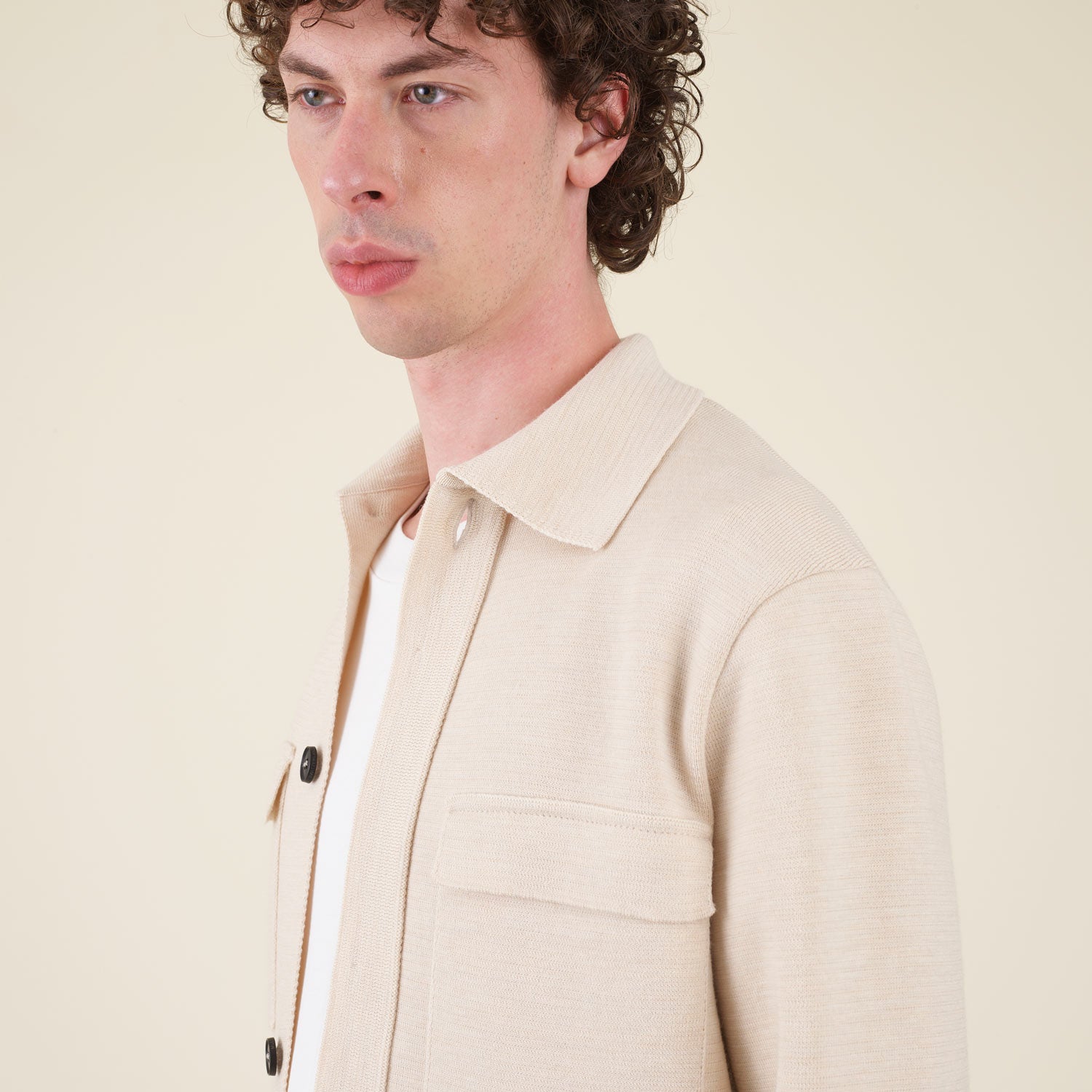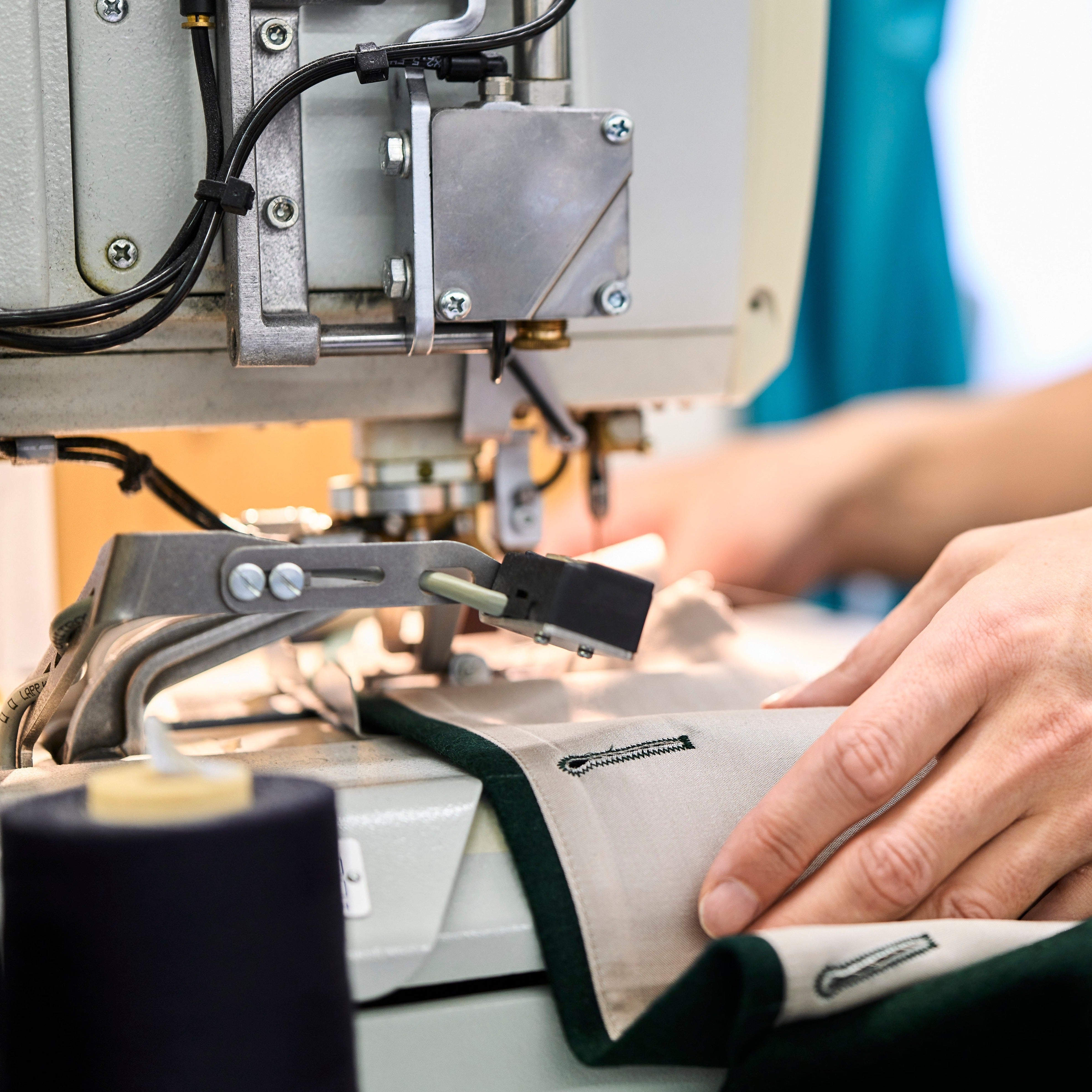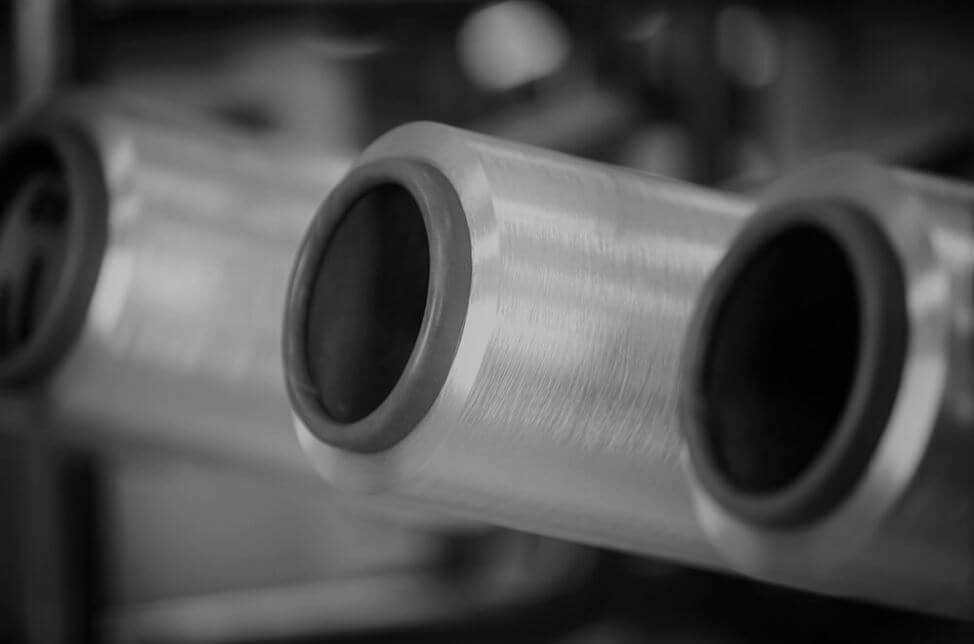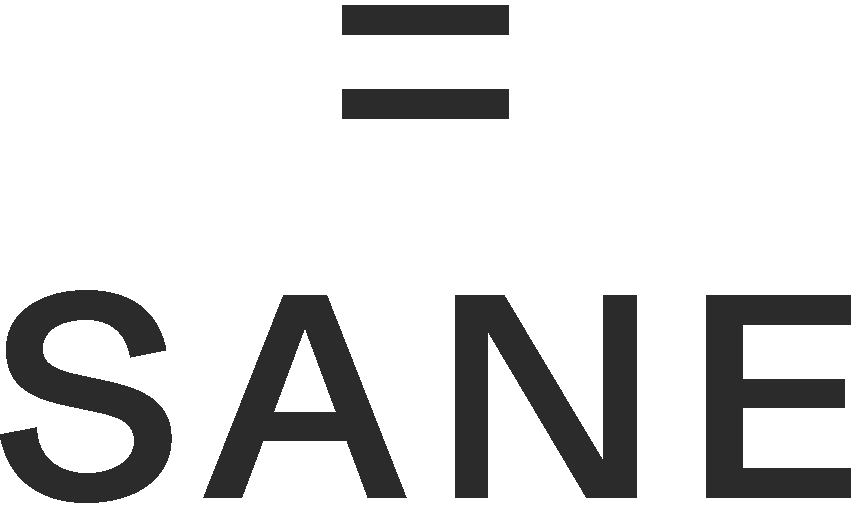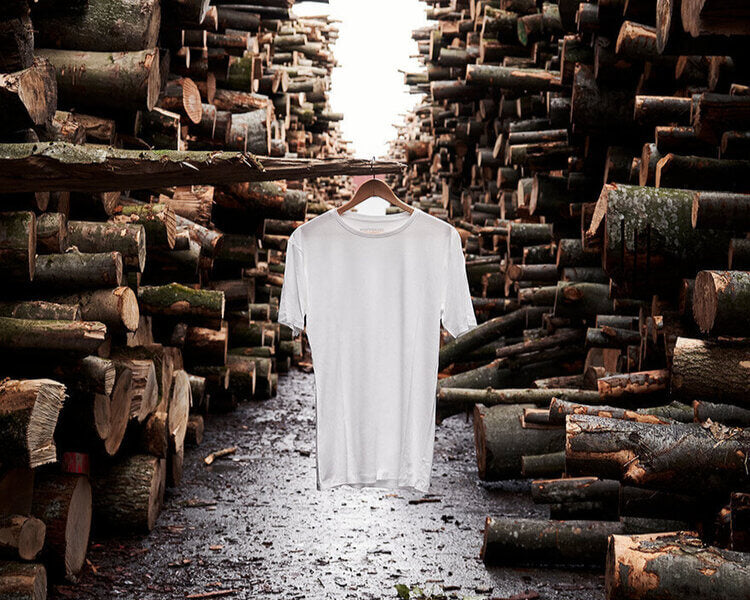
WHAT IS THE MOST SUSTAINABLE T-SHIRT? (PART 1)
Even with a lot of hard work and dedication, no newly produced product can truly be 'sustainable' and the ecological and social aspects become very personal, depending on what’s important to a person or a company. Thus, the obvious answer to this question would be “the T-Shirt you do not buy” or at least the T-Shirt that is not newly produced, in order to not use additional resources. But it's not that simple and only buying second-hand is not (yet) a viable option for our global markets on a bigger scale. Furthermore, the recycling of post-consumer clothing is still, contrary to many brands’ promises, pretty much non-existent. When companies offer a take-back-program, most of the times they downcycle your old garments to, for example, cleaning rags or simply send everything to incineration. Not saying you shouldn’t recycle your old clothes, which you absolutely should, but we want to emphasize the fact that most brands do not consider recyclability and end of life impacts when designing and manufacturing their products in the first place.
We could now start listing all the great and "sustainable" things that we are doing and why you should absolutely buy our products. Yet, we rather take a different approach and try to educate and inform on what we consider to be mainly relevant when talking about sustainable clothing and let you make up your mind about us and our products yourself.
In today's garment production, "sustainability" is applied mainly in relation to the following three points:
the choice of a specific raw material
the decision for a more efficient production process
the choice of a specific production site
This means that a T-Shirt, for example, is made from organic cotton, recycled PET bottles, processed in an OekoTex, GOTS or Bluesign certified production facility etc., or some combination of the above. What gets mostly neglected is the fact that products need to be developed and produced with a more holistic approach. For instance, the sewing yarn and the wash care labels of most clothes, even the ones made from organic materials, are mostly made from synthetic content, resulting in a material mix that makes it nearly impossible to fully recycle the garment with current recycling technologies. Furthermore, chemicals used in dyeing and finishing of garments can often be very harmful for the environment and are often ignored in the production process. Thus, it proves to be a very complex and complicated story when wanting to truly create a sustainable T-shirt.
In the next blog post, we provide a deeper insight into our way of thinking and explain how we approach the development of our products and where we focus on to create the most sensible piece of clothing. We believe we’re taking a quite unique approach in development and production: In addition to transparently disclosing how and where our products were manufactured (from sewing yarn to fabric and final production), we’re following a circular design methodology to minimise environmental impact along the entire lifecycle of the product - from raw material extraction to the use phase and the disposal/recycling at the end of life. Making truly "sustainable" products is an enormous challenge and may never be fully achievable, but we are doing everything we can to come as close as possible to reaching this goal in the long run. More on this in the next post.
PS: Please feel free to reach out to us if you have any inputs, comments or suggestions for improvement. We're eager to learn and broaden our horizon to get our products to the next level.
Sources and Links for further reading:
Mistra Future Fashion - Fiber Bible
Mistra Future Fashion – Microplastic from Polyester
Quantis - Apparel Footprint
IUCN - Microplastics



